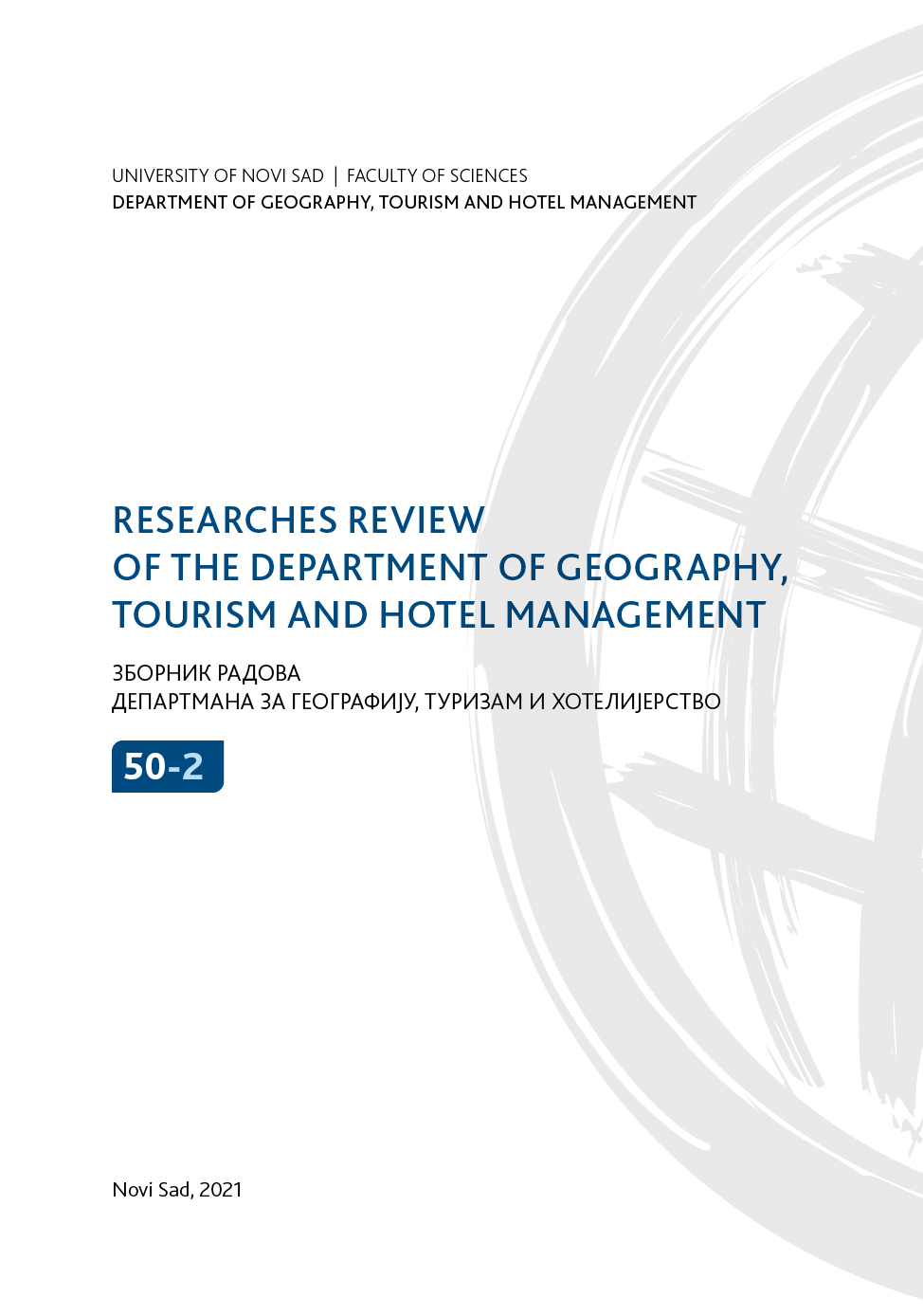COULD YOU SEE THE SEA?
UPPER PLEISTOCENE SEA LEVEL FLUCTUATION
OVER THE BALKAN PENINSULA: A REVIEW
COULD YOU SEE THE SEA?
UPPER PLEISTOCENE SEA LEVEL FLUCTUATION
OVER THE BALKAN PENINSULA: A REVIEW
Author(s): Milica RadakovićSubject(s): Physical Geopgraphy
Published by: Prirodno-matematički fakultet, Univerzitet u Novom Sadu
Keywords: Mediterranean Sea; sea level fluctuation; last glacial maximum; Upper Pleistocene; Balkan Peninsula
Summary/Abstract: Tectonic movements affected the southern part of the coast the most, while some parts such as Danube delta remained almost untouched through the Upper Pleistocene, covering the last 124.000 years. This is why the reconstruction of the Balkan coast requires multiple proxy data. The chronostratigraphy used in this paper is marine isotope stages, as it allows comparing different records used for paleo environmental reconstruction. The paper is divided into five parts, one for each basin surrounding the Balkan Peninsula: Adriatic, Ionian, Aegean, Marmara and Black Sea basin. All of the basins experienced sudden shrinking in the Last Glacial Maximum, when the sea level fell for ~120 m when the aquatic mollusks entered a population bottleneck, but the terrestrial ones flourished, as their habitat grew. As the Mediterranean territory got submerged again, the migration corridors for the humans disappeared, leaving their traces preserved under the sea level.
Journal: Zbornik radova Departmana za geografiju, turizam i hotelijerstvo
- Issue Year: 50/2021
- Issue No: 2
- Page Range: 79-89
- Page Count: 11
- Language: English

